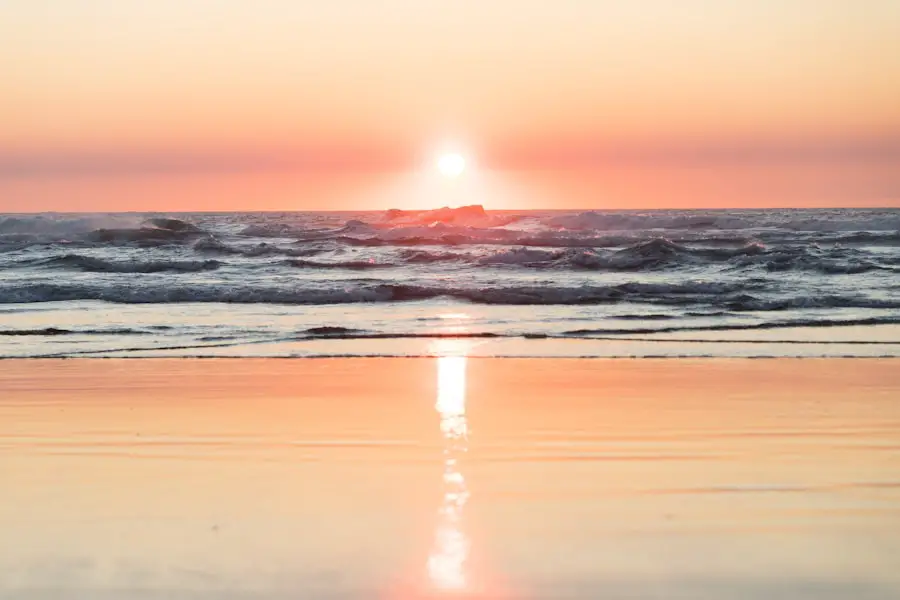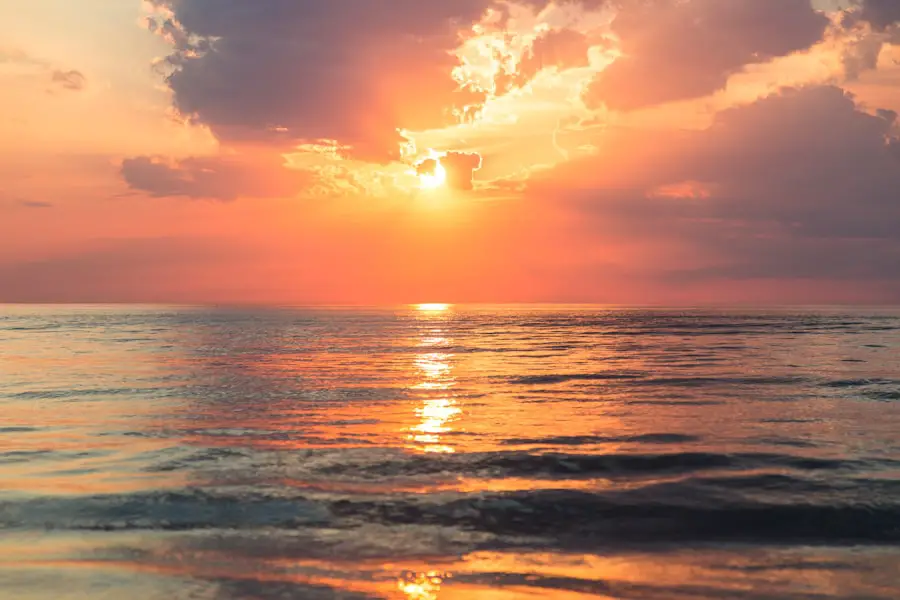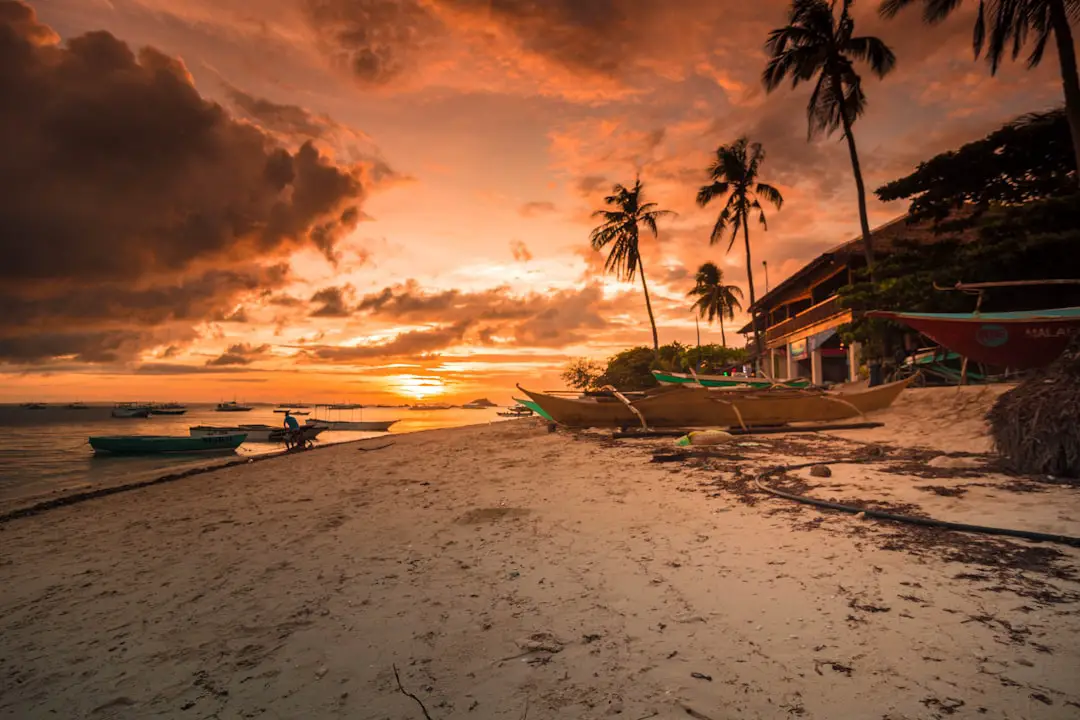Hawaii, an archipelago located in the central Pacific Ocean, is renowned for its stunning landscapes, rich cultural heritage, and diverse ecosystems. Comprising 137 islands, atolls, and islets, the state is primarily made up of eight main islands: Hawai’i (often referred to as the Big Island), Maui, O’ahu, Kaua’i, Moloka’i, Lāna’i, Ni’ihau, and Kaho’olawe. Each island boasts its own unique charm and attractions, from the volcanic landscapes of the Big Island to the lush rainforests of Kaua’ The islands are not only a paradise for beach lovers but also a haven for adventure seekers, offering activities such as hiking, surfing, snorkeling, and cultural experiences that reflect the rich history of the Native Hawaiian people.
The allure of Hawaii extends beyond its natural beauty; it is a melting pot of cultures and traditions. The islands have a rich history influenced by Polynesian settlers, European explorers, and Asian immigrants. This cultural tapestry is evident in the local cuisine, music, dance, and art.
Visitors to Hawaii can immerse themselves in traditional practices such as hula dancing and lei-making or savor local dishes like poke and loco moco. The islands’ unique blend of cultures creates an inviting atmosphere that captivates travelers from around the globe.
Key Takeaways
- Hawaii is a popular tourist destination known for its beautiful beaches, diverse culture, and stunning natural landscapes.
- The weather in Hawaii is generally warm and sunny year-round, with slight variations in temperature and rainfall depending on the island and time of year.
- Peak tourist seasons in Hawaii are during the summer months and major holidays, when the islands are bustling with visitors and hotel prices are at their highest.
- Off-peak travel seasons in Hawaii are during the spring and fall, offering lower hotel rates and fewer crowds while still enjoying pleasant weather.
- The best time for outdoor activities in Hawaii is during the drier summer months, when the beaches are perfect for swimming, snorkeling, and surfing.
Weather and Climate in Hawaii
Hawaii’s climate is characterized as tropical, with warm temperatures year-round and distinct wet and dry seasons. The average temperature typically ranges from 70°F to 85°F (21°C to 29°C), making it an attractive destination for those seeking sun and warmth. However, the weather can vary significantly between the islands and even within different regions of the same island.
Coastal areas tend to be warmer and drier, while mountainous regions can experience cooler temperatures and increased rainfall.
These winds bring moisture-laden clouds that often result in rain on the windward sides of the islands.
Conversely, the leeward sides are generally drier and sunnier.
Understanding these climatic variations is essential for travelers planning their activities and excursions.
Peak Tourist Seasons in Hawaii

Hawaii experiences peak tourist seasons primarily during two periods: winter and summer. The winter months, particularly from mid-December to March, attract visitors seeking to escape colder climates. This season coincides with holiday vacations and school breaks, leading to a surge in tourism.
Many travelers flock to Hawaii for its warm weather and beautiful beaches during this time. Popular activities include surfing on the North Shore of O’ahu, attending festive luaus, and exploring the islands’ natural wonders. Summer, spanning from June to August, is another peak season for tourism in Hawaii.
Families take advantage of school holidays to visit the islands, resulting in crowded beaches and popular attractions. The warm weather during this period is ideal for outdoor activities such as hiking, snorkeling, and beach lounging. However, travelers should be prepared for higher accommodation rates and larger crowds at popular tourist spots during these peak months.
Off-peak Travel Seasons in Hawaii
| Month | Visitor Arrivals | Hotel Occupancy |
|---|---|---|
| January | 250,000 | 70% |
| May | 300,000 | 65% |
| September | 200,000 | 60% |
Traveling to Hawaii during off-peak seasons can offer a more tranquil experience for those looking to avoid crowds and high prices. The shoulder seasons—spring (April to June) and fall (September to November)—are considered off-peak times when visitor numbers tend to decrease significantly. During these months, travelers can enjoy milder weather conditions and lower rates on accommodations and activities.
Spring is particularly appealing as it marks the transition from winter to summer. The islands are often less crowded, allowing visitors to explore popular sites like Haleakalā National Park or Waimea Canyon without long lines or wait times. Additionally, spring brings blooming flowers and vibrant landscapes that enhance the natural beauty of Hawaii.
Similarly, fall offers pleasant weather with fewer tourists after the summer rush. This season is ideal for those who wish to experience local culture without the hustle and bustle of peak tourist traffic.
Best Time for Outdoor Activities in Hawaii
Outdoor enthusiasts will find that certain times of the year are more favorable for specific activities in Hawaii. For instance, the dry season from April to October is generally considered the best time for hiking, snorkeling, and other outdoor adventures. During these months, rainfall is minimal, making trails more accessible and ocean conditions calmer for water sports.
Hiking enthusiasts can take advantage of this period to explore iconic trails such as the Kalalau Trail on Kaua’i or the Diamond Head Summit Trail on O’ahu. The clear skies provide breathtaking views from elevated vantage points. Snorkeling is also best during this time when water visibility is at its peak.
Locations like Hanauma Bay on O’ahu or Molokini Crater off Maui offer vibrant marine life that can be easily observed in calm waters.
Best Time for Whale Watching in Hawaii

Peak Whale Watching Season
During this time, visitors can witness these majestic creatures breaching the surface of the ocean or engaging in playful behaviors such as tail slapping.
Best Locations for Whale Watching
Several locations across the islands serve as excellent vantage points for whale watching. The waters off Lahaina on Maui are particularly famous for whale sightings due to their proximity to breeding grounds. Tour operators offer boat tours that provide an up-close experience with these magnificent animals while ensuring responsible viewing practices are followed.
An Unforgettable Experience
Observing humpback whales in their natural habitat is a breathtaking experience that leaves a lasting impression on visitors.
Best Time for Cultural Events and Festivals in Hawaii
Hawaii’s rich cultural heritage is celebrated through various events and festivals held throughout the year. One of the most significant cultural events is Merrie Monarch Festival, which takes place annually in Hilo during Easter week. This prestigious hula competition showcases traditional Hawaiian dance forms and attracts participants from across the islands and beyond.
Attending this festival provides an opportunity to witness authentic performances while learning about Hawaiian culture. Another notable event is Aloha Festivals, celebrated throughout September on all major islands. This month-long celebration features parades, music performances, hula shows, and cultural demonstrations that highlight Hawaiian traditions.
Visitors can immerse themselves in local customs while enjoying food stalls offering traditional Hawaiian cuisine. These festivals not only entertain but also educate attendees about the history and significance of Hawaiian culture.
Conclusion and Final Tips for Traveling to Hawaii
Traveling to Hawaii offers a unique blend of natural beauty, adventure, and cultural experiences that cater to a wide range of interests. To make the most of your trip, it’s essential to consider factors such as weather patterns, peak tourist seasons, and specific activities you wish to engage in during your stay. Planning your visit around off-peak seasons can lead to a more relaxed experience with fewer crowds and better rates on accommodations.
When preparing for your trip, be sure to pack appropriately for various activities you may want to pursue—whether it’s hiking gear for exploring trails or swimwear for beach days. Additionally, familiarize yourself with local customs and etiquette to show respect for Hawaiian culture during your visit. Engaging with local communities through cultural events or festivals can enrich your travel experience significantly while providing insight into the vibrant heritage of this beautiful archipelago.
If you are planning a trip to Hawaii, you may also want to consider investing in a high-quality hiking backpack for any outdoor adventures you have in mind. Having the right gear can make your experience even more enjoyable. Additionally, if you are concerned about staying connected while traveling, you may want to look into getting a portable WiFi hotspot to ensure you have internet access wherever you go.
FAQs
What is the best time to travel to Hawaii?
The best time to travel to Hawaii is during the shoulder seasons of spring (April to June) and fall (September to mid-December) when the weather is pleasant, and the tourist crowds are smaller.
What is the weather like in Hawaii throughout the year?
Hawaii has a tropical climate with warm temperatures year-round. The summer months (June to August) are typically hotter and drier, while the winter months (December to February) are slightly cooler and wetter.
When is the peak tourist season in Hawaii?
The peak tourist season in Hawaii is during the summer months (June to August) and the winter holiday season (mid-December to early January). During these times, the islands can be crowded, and accommodation prices may be higher.
What are the pros and cons of traveling to Hawaii during the peak tourist season?
Traveling to Hawaii during the peak tourist season means warmer weather and more activities, but it also comes with larger crowds, higher prices, and potential difficulty in finding accommodations.
Are there any specific events or festivals that are worth considering when planning a trip to Hawaii?
Hawaii hosts various cultural events and festivals throughout the year, such as the Merrie Monarch Festival in April and the Aloha Festivals in September. These events can add a unique cultural experience to your trip.
